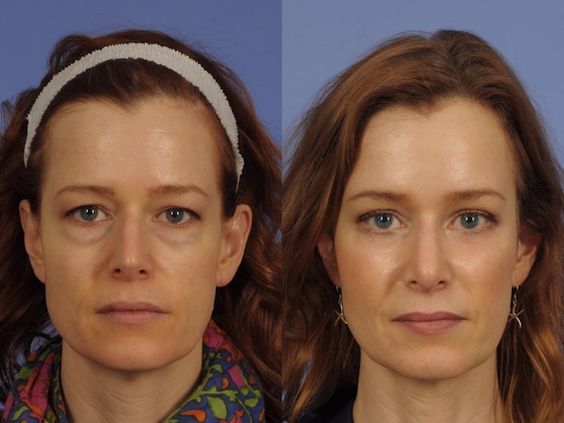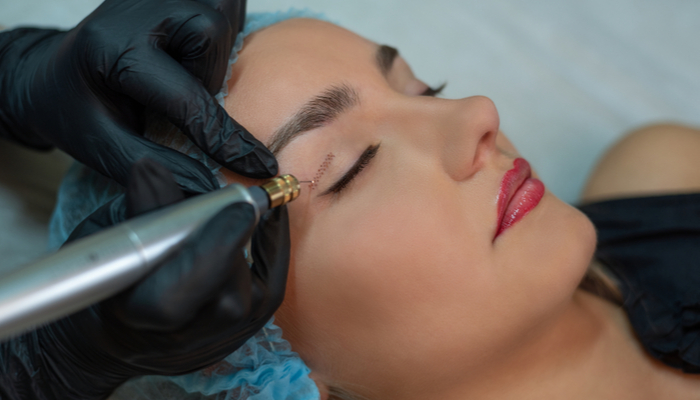What you need to know about Eyelid Surgery
Contents
- 1 What you need to know about Eyelid Surgery
- 2 What Does the Procedure Involve?
- 3 How Long Should You Stay at your Destination?
- 4 How Long is the Recovery Time?
- 5 What Aftercare Should You Consider?
- 6 What is the Success Rate for an Eyelid Surgery Procedure?
- 7 Are there Alternatives to Eyelid Surgery?
- 8 What Should You Expect Before and After the Procedure?
Eyelid surgery also referred to as blepharoplasty, is plastic surgery to correct defects of the eyelids or to enhance the appearance of the eye region of the face. The procedure is mostly performed for cosmetic reasons to make someone appear younger and more alert. However, in some cases, it can also improve sight in people who have droopy upper eyelids that get in the way of their field of vision.
What Does the Procedure Involve?
You will likely be given local anesthesia injected around your eye and oral sedation to help you relax during the surgery. If you have surgery on both your upper and lower eyelids, your surgeon usually works on the upper lids first. Your surgeon starts by making incisions along the fold of your eyelid, then remove some excess skin, fat, and muscle, and close the incisions with stitches. After the upper eyelid is finished, they will work on your lower lid by making an incision below your lower lashes, then any excess skin and muscles are removed, and the incision is closed.

How Long Should You Stay at your Destination?
Eyelid surgery is usually performed as an outpatient procedure, so you should be allowed to leave the hospital on the same day. However, since you need to attend a follow-up checkup where your doctor removes the stitches and check your overall condition to monitor for complications, aim to stay in the local area for 7 to 10 days.
How Long is the Recovery Time?
You may have swelling and bruising in your eyelids for two weeks, but you should be able to return to your daily activities (including exercise, heavy lifting, swimming, and working) within a week. If you use contact lenses, do not put them in for at least two weeks after the surgery. Your doctor will likely give you a specific recovery timeline.
What Aftercare Should You Consider?
Strictly follow the post-operative instruction that your surgeon provides, which may include wound care and restrictions (avoid smoking, secondhand cigarette smoke, and rubbing your eyes). During your recovery time, gently clean your eyelids and use eye drops or ointments as prescribed. To protect the skin of your eyelids from sun and wind, always make sure to wear darkly tinted sunglasses when you go outside.
What is the Success Rate for an Eyelid Surgery Procedure?
Eyelid surgery is considered safe, has a high success rate, and most people are satisfied with the result. For some people, the results can last a lifetime. The possible side effects and risks of the procedure are dry eyes, irritated eyes, infection, bleeding, noticeable scarring, injury to eye muscles, eyelid problems, skin discoloration, temporary blurred vision or loss of eyesight, blood clots, recurring droopy eyelids, and allergic reactions to the anesthetic.
Are there Alternatives to Eyelid Surgery?
If you do not want to undergo surgery but you want to achieve the result of eyelid surgery, there are some noninvasive alternatives you can consider. These alternatives include laser treatment, Botulinum toxin injection (Botox), HIFU, and Ulthera. Make sure to consult your doctor about which procedure is best for you.
What Should You Expect Before and After the Procedure?
Before eyelid surgery, you may have sagging eyelids that reduce your peripheral vision (side vision). The excess skin around your eye causes wrinkles and bulges that may make you look tired and older than your age. After eyelid surgery, you will look more rested, youthful, and you will improve your self-confidence.
For an in-depth analysis of an Eyelid Surgery Procedure, watch this short video.
To check prices or to book an Eyelid Surgery Procedure in Thailand or anywhere else in the world, head on over to MyMediTravel now!

